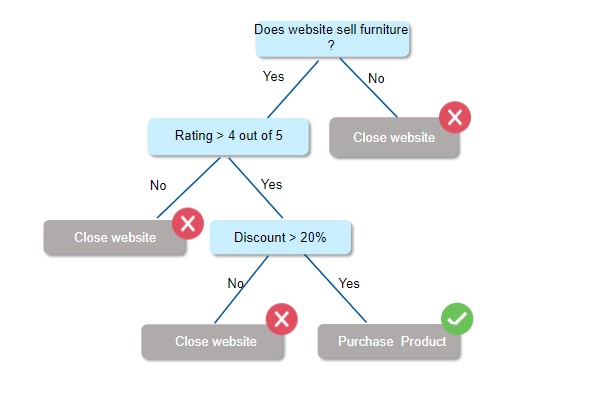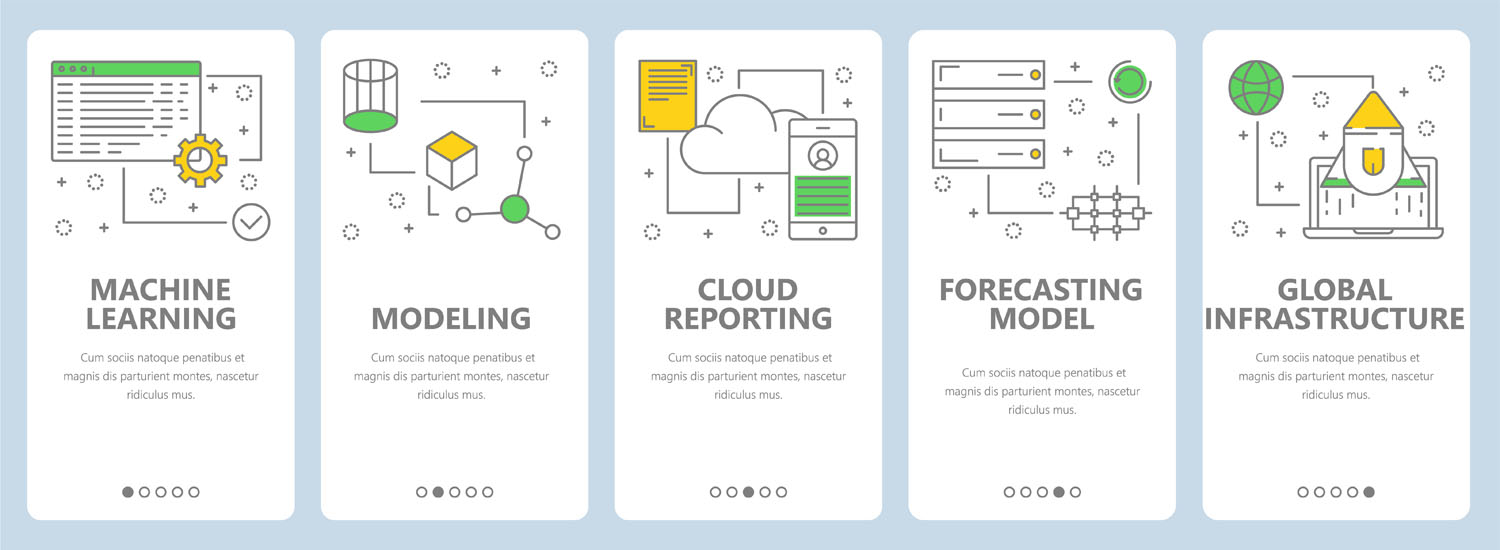Technology

Dremel Analytics offers Big Data, Analytics and Data Science – Machine Learning deployment, algorithm design, solution deployment and diagnostic strategy.
What is Data Science?
Data Science is the domain study that deals with vast volumes of data using modern tools and techniques to find unseen patterns,derive meaningful information, and make business decision. Data science uses complex machine learning algorithms to buildpredictive models.
Understanding Decision Tree
Let’s say you want to buy new furniture for your office. When looking online for the best option and deal, you should answer some critical questions before
making your decision.


Life Cycle:
The life cycle includes data acquisition, preparation, mining and modeling, and model maintenance. Data scientists take raw data, turn it into a goldmine of information with the help of machine learning algorithms that answer questions for businesses seeking solutions to their problems.
- Data Acquisition: Data scientists take data from all its raw sources, such as databases and flat files. They integrate and transform it into a homogenous format, collecting it into what is known as a “data warehouse,” a system by which the data can be used to extract information from easily. Also known as ETL (Extraction, Transformation, Loading)
- Data Preparation: This is the most important stage, where majority of data scientist’s time is spent because often data is “dirty” or unfit for use and must be scalable, productive and meaningful. In fact, five sub-steps exist here:
- Data Cleaning: Bad data can lead to bad models, this step handles missing values and null or void values that might cause the models to fail
- Data Transformation: Takes raw data and turns it into desired outputs by normalizing it. This step can use, for example, min-max normalization or z-score normalization.
- Handling Outliers: This happens when some data falls outside the scope of the realm of the rest of the data. Using exploratory analysis, a data scientist quickly uses plots and graphs to determine what to do with the outliers and see why they’re there. Often, outliers are used for fraud detection.
- Data Integration: Ensures the data is accurate and reliable.
- Data Reduction: This compiles multiple sources of data into one, increases storage capabilities, reduces costs and eliminates duplicate, redundant data.
- Data Mining:Data scientists uncover the data patterns and relationships to take better business decisions. It’s a discovery process to get hidden and useful knowledge, commonly known as exploratory data analysis. Data mining is useful for predicting future trends, recognizing customer patterns, helping to make decisions, quickly detecting fraud and choosing the correct algorithms. MicroStrategy is a perfect tool for data mining.
- Model Building: This goes further than simple data mining and requires building a machine learning model. The model is built by selecting a machine learning algorithm that suits the data, problem statement and available resources.
Source: simplilearn.com
